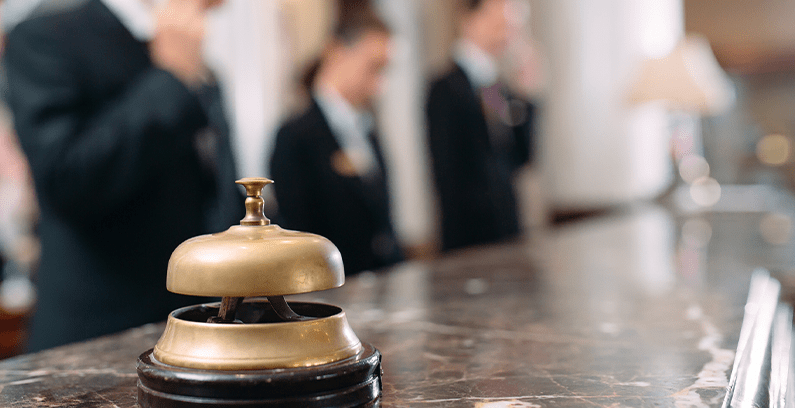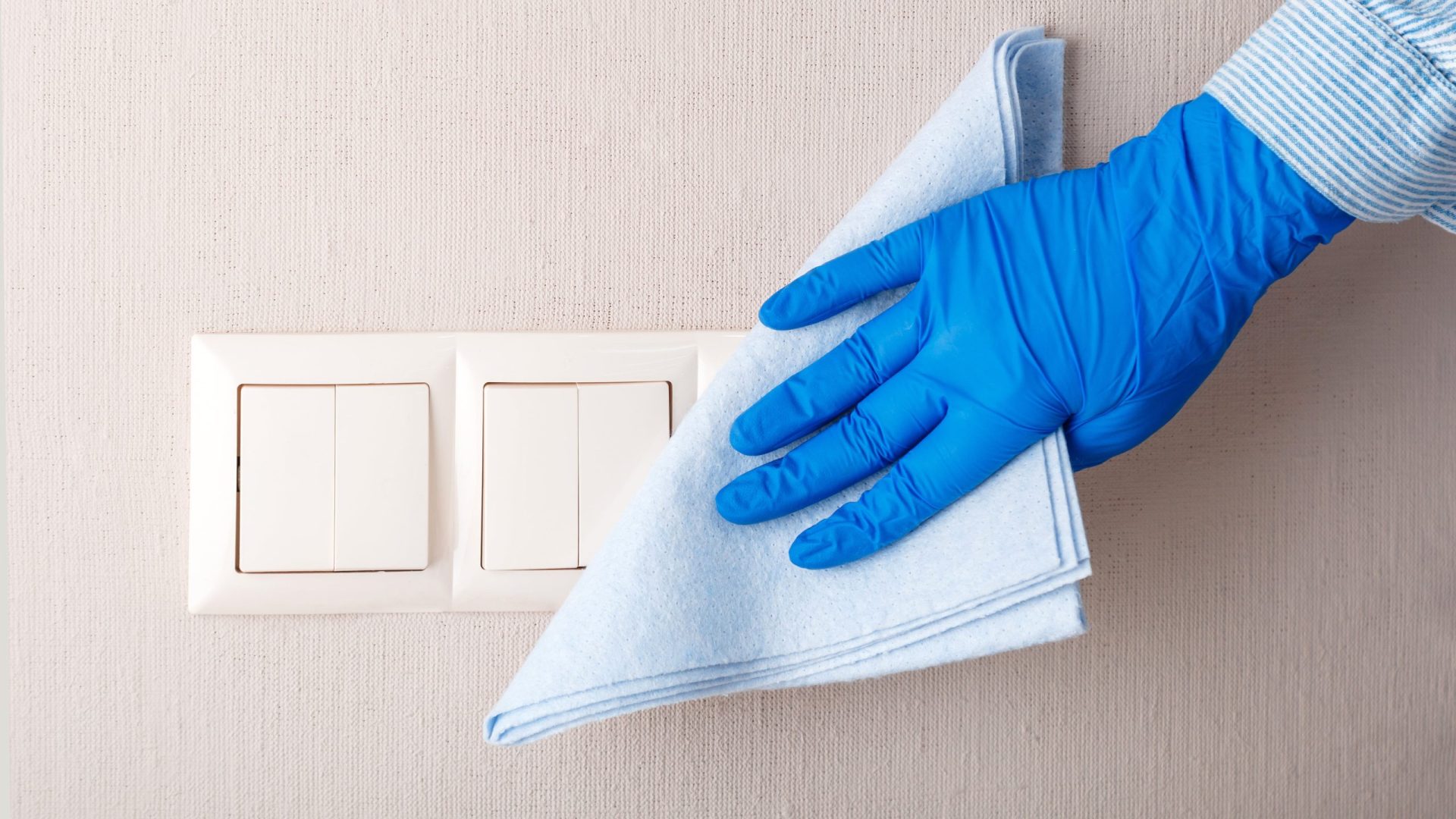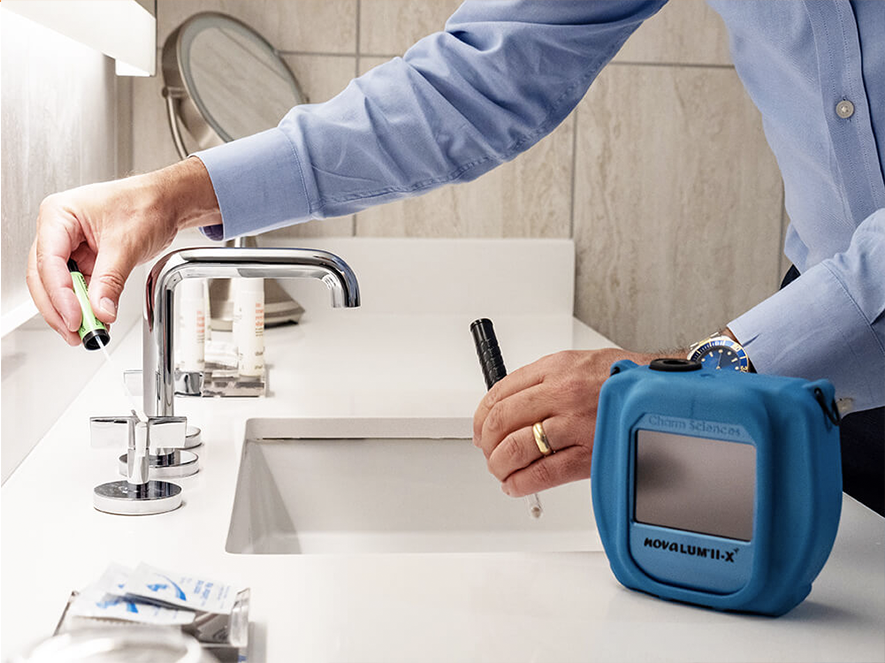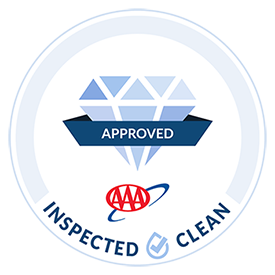Blog
Sanitation in the Hotel Industry

Maintaining customer loyalty and confidence in the hotel industry means staying on top of sanitation practices. Disinfecting hotel rooms, frequently touched areas, and common spaces ensure guests remain healthy as we begin to travel again. COVID-19 has created an environment where customers are more hesitant to travel, and they need to feel safe when they do.

Hotel Sanitation Best Practices
Sanitation is an essential element of the hospitality industry. During the COVID-19 pandemic, many hotels implemented new cleaning protocols to protect guests during their travels. Best practices in hotel sanitation include:
- Transparency about cleaning procedures: Guests want to know what the hotel is doing to keep everyone safe. Hotels that inform guests of their cleaning procedures can provide reassurance that they are using effective products and practices for sanitation.
- Frequently cleaning and disinfecting: The best hotel room sanitation includes proper cleaning, disinfecting, and sanitizing practices after every stay. Hotels can improve their sanitation by regularly using approved cleaners on surfaces, vacuuming, and verifying that these tasks have been completed.
- Ensuring compliance: Staff members and guests should follow the health and safety guidelines that hotels implement to keep everyone safe. Providing alcohol-based hand sanitizer and enhancing room cleaning help prevent the spread of illness and offer customers peace of mind.
The hotel industry needs to ensure consumer confidence. Hotels can verify that all areas — not just high-touch points — are properly cleaned and sanitized with regular ATP testing. ATP is an energy molecule in cells and biological materials, such as bacteria, respiratory droplets, mold, and more. Testing for ATP helps monitor surfaces to verify cleanliness and that cleaning staff thoroughly sanitized all contact surfaces.
How ATP Testing Works Within the Hotel Industry
To help confirm that hotels implement proper sanitizing procedures, you need a way to verify and prove it. Charm Sciences recently partnered with AAA Travel and added Adenosine Triphosphate (ATP) testing as the key metric to accomplish this.
ATP testing and sanitation in the hotel industry helps managers, housekeeping, and other hotel staff identify places that need recleaning to ensure guests and employees are safe. By including a verification step in the cleaning process, you can ensure that rooms have been cleaned and gauge the quality of the sanitation process.

The novaLUM II-X system and PocketSwab Plus are simple to use and deliver results in 5 seconds, allowing for real-time cleaning and retesting. By implementing an ATP monitoring system with testing, hotels can use the results to improve training and cleaning procedures among housekeeping staff.
Why Use Charm ATP Tests?
At Charm Sciences, we strive to provide the hotel industry with superior sanitation monitoring, including ATP tests to detect the level of surface cleanliness. We’ve also partnered with AAA Travel to provide scientific validation that the hotel’s cleaning protocols are effective.

AAA’s trained and certified inspectors use our tests to detect traces of ATP contamination — even the lowest levels — on different high-touch surfaces in hotels. Charm’s ATP tests are now part of AAA’s Diamond Audit.
Let Charm enhance your hotel’s sanitation processes with a quality ATP monitoring system. Our tests will help you verify, quantify, and improve your facility’s cleanliness. Learn more about Charm’s ATP tests and our collaboration with AAA by contacting us today.
About Charm Sciences
Established in 1978 in Greater Boston, Charm Sciences helps protect consumers, manufacturers, and global brands from a variety of issues through the development of food safety, water quality, and environmental diagnostics tests and equipment. Selling directly and through its network of distributors, Charm’s products serve the dairy, feed and grain, food and beverage, water, healthcare, environmental, and industrial markets in more than 100 countries around the globe.
